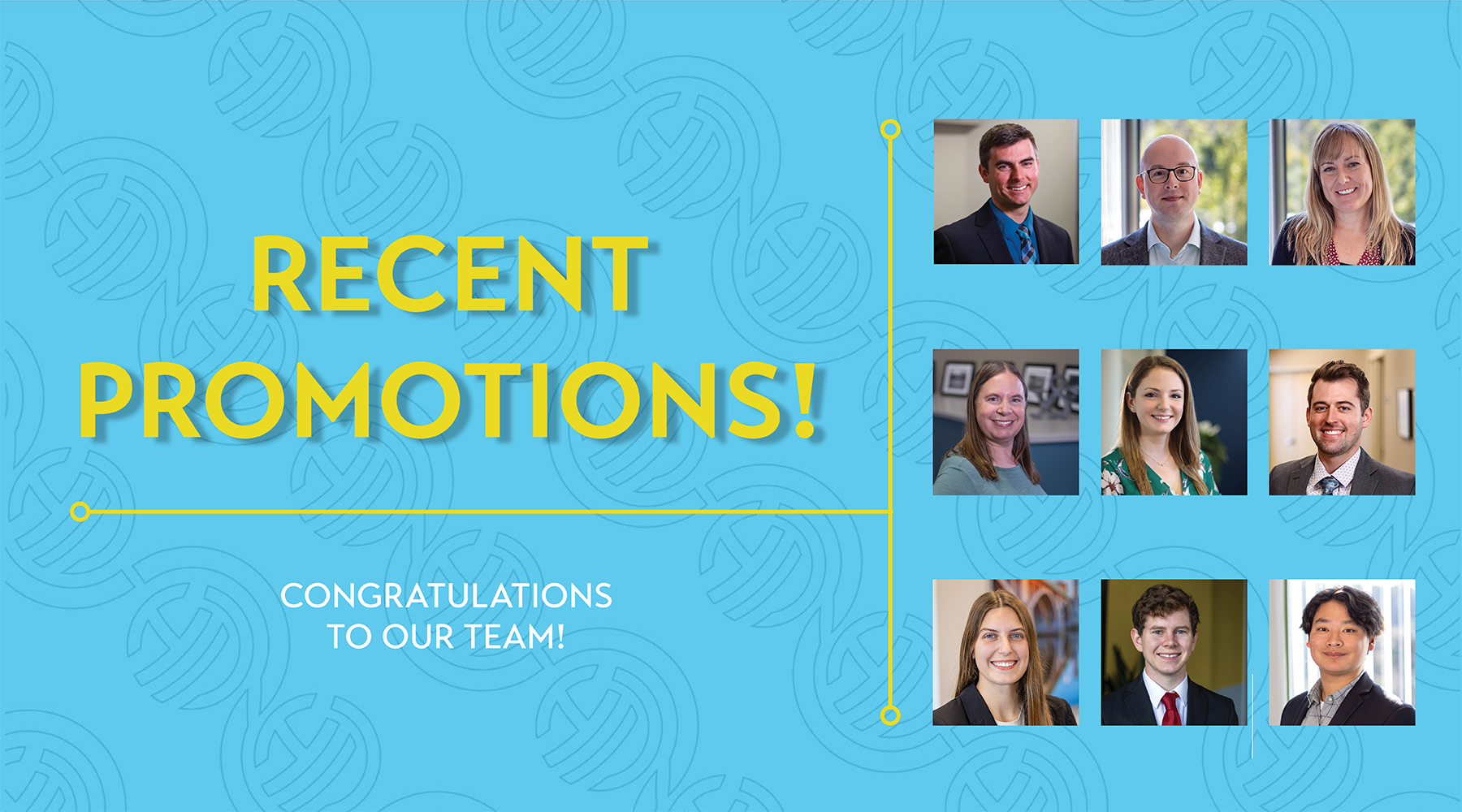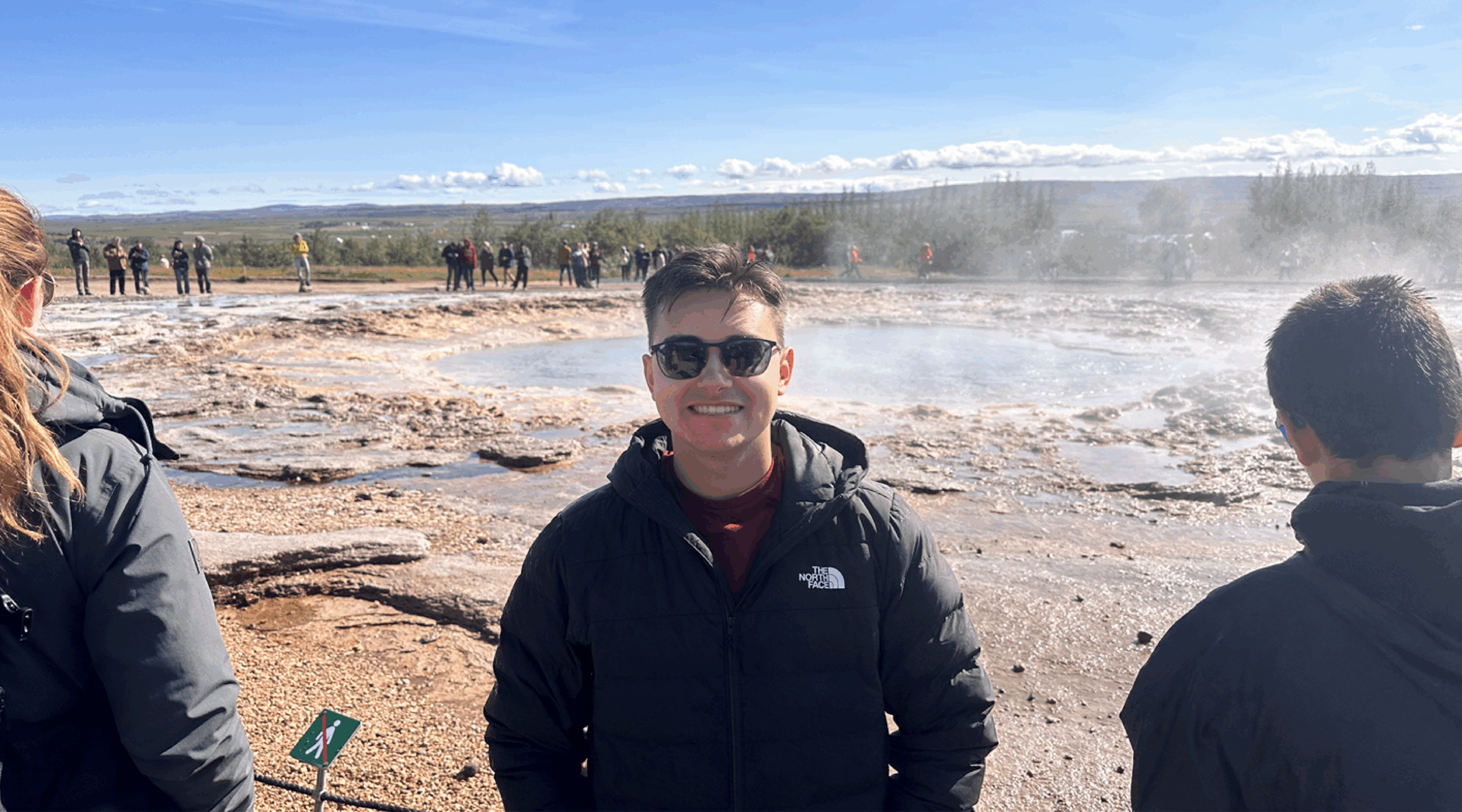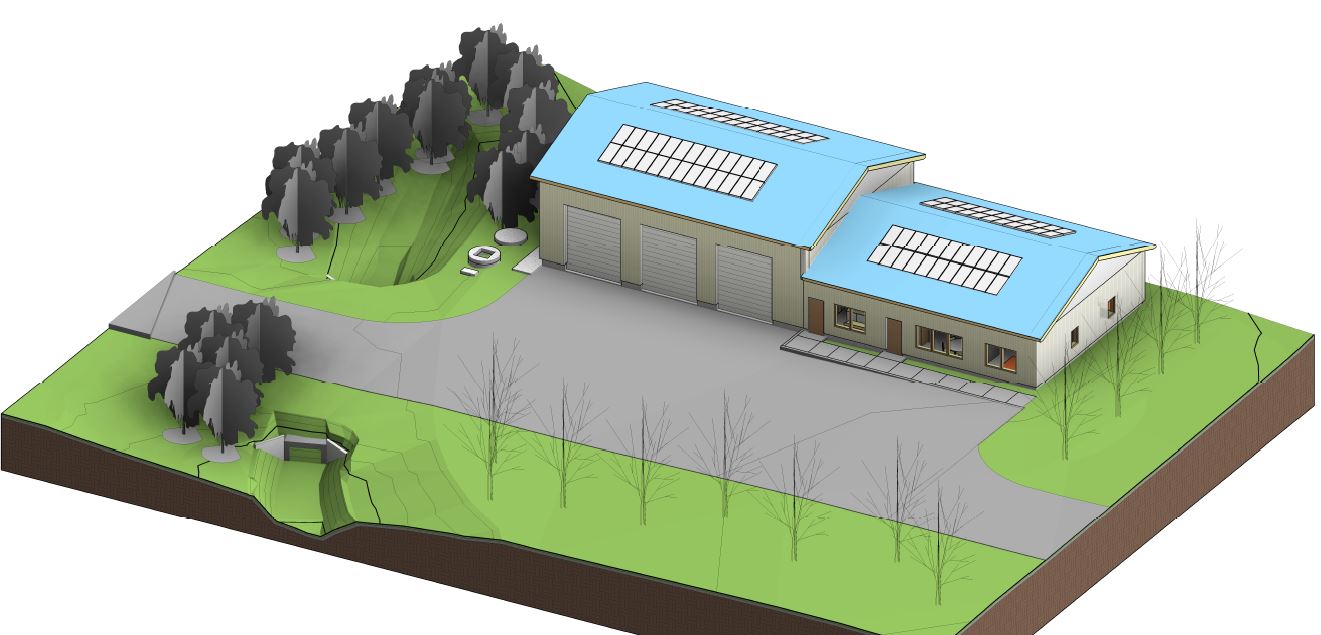What is the Great Bay Total Nitrogen General Permit & why does it matter?
The US Environmental Protection Agency (EPA) issued the final Great Bay Total Nitrogen General Permit (GBTNGP) on November 24, 2020. The GBTNGP is aimed at reducing the overall nitrogen loading into Great Bay, a unique coastal marine estuary. The GBTNGP covers discharges of nitrogen from the 13 communities that own/operate wastewater treatment facilities in the watershed: Dover, Durham, Epping, Exeter, Milton, Newfields, Newington, Newmarket, Pease Tradeport, Portsmouth, Rochester, Rollinsford and Somersworth. The permit allows for an adaptive management approach to monitoring and reducing nitrogen discharges. Each community has the option of being included for coverage under the GBTNGP or not (opt in or opt out). If a community decides to be included for coverage under the permit it must file a Notice of Intent with the EPA, Region 1, by April 2, 2021. The alternative to opting in to the GBTNGP will be that the community will receive a new/revised individual NPDES permit to govern its WWTF discharge. Key dates for actions to be taken pursuant to the GBTNGP are as follows:
- February 1, 2021 – Effective date of the Great Bay Total Nitrogen General Permit.
- March 31, 2021 – Deadline for finalizing an Intermunicipal Agreement to develop the Adaptive Management Plan.
- April 2, 2021 – Deadline for sending EPA the Notice of Intent to Opt-In to the TN General Permit.
- July 31, 2021 – Deadline for submittal to EPA of the Part 3 Adaptive Management Plan.
How can an Adaptive Management Approach help?
The GBTNGP allows for an adaptive management approach to be taken for monitoring and controlling nitrogen discharges and allows for the communities to develop the Adaptive Management Plan. Adaptive management is a key aspect of watershed management and restoration. Elements of adaptive management included in GBTNGP involve ambient monitoring, pollution tracking, reduction planning, and review. Adaptive Management is, by definition, a structured iterative process of robust decision making in the face of uncertainty, with an aim to reducing uncertainty over time via ongoing system monitoring. In this way, decision making simultaneously meets one or more resource management objectives and, either passively or actively, accrues information needed to improve future management and decision-making. Adaptive management is a tool which can be used not only to change a system, but also to learn about the system (Holling 1978). Because adaptive management is based on a learning process, it improves long-term management outcomes. The challenge in using the adaptive management approach lies in finding the correct balance between gaining knowledge to improve management in the future and achieving the best short-term outcomes based on current knowledge (Allan & Stankey 2009).
A holistic & cost-effective approach.
The objective of an adaptive management approach is to take a broad holistic and more cost-effective approach to implementing water quality restoration and management measures that will achieve better overall results in improving water quality goals in less time and at less cost than the traditional regulate-react approach by applying limited resources where they will have the greatest effect. In fact, the GBTNGP encourages sharing of resources and costs among the participating communities. The adaptive management approach allows for planning, implementation, monitoring and refinement in order to maximize the results with limited resources (resource optimization). The idea behind an adaptive management approach is for communities to become proactive rather than reactive in restoring water quality within the watershed. A successful adaptive management approach will require extensive collaboration and cooperation between municipalities, regulators, agencies, volunteer groups and other watershed stakeholders.
Our experience.
Hoyle, Tanner’s Northeast Municipal Engineering services Group (NEME) employs 20 engineers whose primary focus is water quality engineering – wastewater, stormwater and drinking water. Our depth and breadth of experience includes working with communities to assist them with compliance with permits such as NPDES (wastewater and stormwater), MS4 (stormwater and non-point) and a host of other regulatory and environmental permits. We have been working with communities under regulatory constraints to monitor and reduce the amount of total nitrogen discharged to local water bodies and helping them to achieve water quality goals. Jennie Auster, one of our wastewater process engineers, has been working with communities affected by the Long Island Sound Total Maximum Daily Load (TMDL) for Nitrogen for over six years including completing biological nutrient removal analysis for several facilities. Jennie completed nitrogen removal optimization plans for six communities and has presented at the Green Mountain Water Environment Association Technical Sessions on her experience with low-cost nitrogen optimization plans (presentation available upon request). We are assisting several communities on compliance with the 2017 MS4 permit which includes nutrient reduction in stormwater and non-point sources. We are also working with many communities on asset management for their wastewater, stormwater and drinking water systems, the goal of which is resource optimization to improve decision-making and maximize the life of the infrastructure.
Let us help!
Our team has a history of developing creative and innovative solutions to help clients achieve their goals in cost-effective ways while optimizing the use of limited resources. For more information please visit our website at: www.hoyletanner.com or contact Michael Trainque or Joseph Ducharme.
I am a Senior Environmental Engineer and Vice President at Hoyle, Tanner, and chairman of the Board of Directors of the Southeast Watershed Alliance (SWA). The SWA is a non-profit watershed organization for which enabling legislation was enacted by the NH State Legislature in 2009 encompassing the 42 communities in the NH coastal watershed. I have been following the development of this permit on behalf of clients.
This post was written by Michael Trainque, PE.










